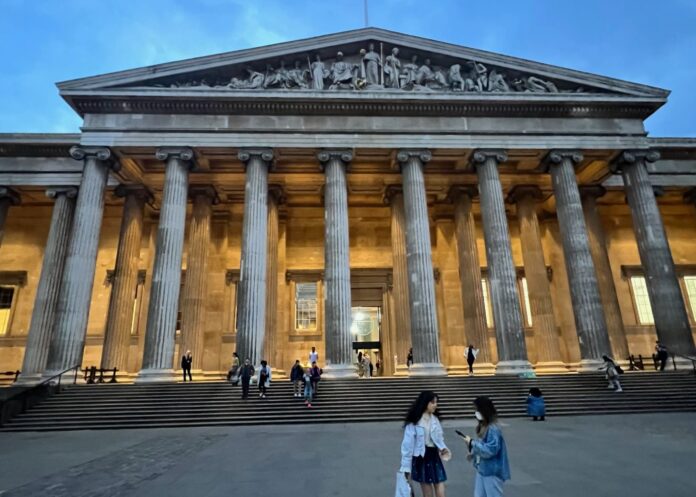
While art law as a discipline may involve legal issues surrounding foreign objects, many of its components would be familiar to lawyers across a broad range of practice areas. Issues that often pop up in the practice of art law deal with contracts, insurance, tort, intellectual property and commercial and international law.
A few months ago, Shook Hardy & Bacon expanded its art law practice, with Channah Norman joining the firm as a senior counsel. Before joining Shook, she was general counsel for the U.S. Army Center of Military History, where she oversaw the legal side of the National Museum of the U.S. Army and more than 40 subsidiary museums.
Norman said that she knew quickly after finishing her undergraduate degree that she wanted to work in the art world. She worked for a few years in New York City, before crossing the pond and going to the Sotheby’s Institute in London for her master’s degree.
As part of that degree, she took a course on art law, which included some guest lectures by Pierre Valentin. After her master’s degree, Norman went to law school. Following her graduation, she said there were no immediate opportunities in art law, so she joined the Department of Justice and continued to educate herself on art law.
Eventually, a position opened up within the U.S. Army, who were creating a general counsel position as they were working to open the National Museum of the U.S. Army. Norman has been working in art law ever since.

Norman said the legal issues found in art law can be divided into three baskets. The first covers legal issues arising in the commercial art market. That includes insurance policies, any dispute arising from consignment agreements, art commissions, art financing, estate planning, sales contracts and frauds and forgeries.
The second basket that comes up deals with intellectual property.
“You’re looking at copyright infringement, you’re looking at fair use, moral rights, the Visual Artists Rights Act, and specific issues relating to commissions and donations, who’s retaining the copyright or transferring the copyright,” Norman said. “And then, more recently, there’s been a real intersection between AI and art law.”
Camila Tobón, a partner in Shook’s Denver office, said that there is guidance from a few different places on AI generated work.
“The Patent Office and the Copyright Office have both issued guidance on how they view AI generated work,” Tobón said. “I think President Biden’s executive order also touches on this, to the extent that it requires agencies to look at this issue and provide guidance so that people know — ‘Is this going to be protectable, or what do I need to do in order to protect it?’”
The third basket, which Norman noted as another big one, is restitution and repatriation issues, with museums, collectors, dealers and auction houses facing challenges about the items that are in their possession. She noted that where the issue arises can come from multiple places, whether it be confiscation during World War II, illegal imports, unethical removal from the art’s place of origin or looting from archaeological sites.
“Part of what we’re doing is advising on developing the appropriate response, which I would argue is relatively case specific, because it requires not only a knowledge of the law and evolving policy, but really delving into the provenance and figuring out whether or not it’s litigation or it’s negotiating some type of equitable return or other solution,” Norman said.
When these claims arise, there are often a few different legal conventions that a lawyer will have to examine to determine the best case forward.
“The first question is, what law exists that may or may not dictate a return,” Norman said. “So you’re looking at international conventions, and then how those conventions have been implemented in domestic law.”
One of the laws she noted was the UNESCO World Heritage Convention of 1970, which is aimed at stemming looting. The U.S. has its own implementing law on this convention, the Cultural Property Implementation Act.
“That gives the U.S. the possibility of implementing import regulations to prevent the entry of various objects in countries that are members to this UNESCO convention,” Norman said.
Another section of law that Norman noted was patrimony laws, where countries declare an object to be the country’s property.
“Italy is a good example, they have a patrimony law. Anything that is discovered or dug out of the ground after enactment of that law, one would need to get the permission of Italy before exporting it and selling it elsewhere,” Norman said. “If not, then it is considered stolen.”
While art lawyers do pull from other facets of the law, Norman said there is an important component that differentiates it from other practice areas.
“For me, what differentiates it is really the matters themselves, as you’re taking the law and applying it to fantastically interesting art transactions or questions that raise really tough ethical concerns about the objects that are subject to repatriation, or on the razor’s edge of AI, and ‘what is human authorship or creativity,’” Norman said.

